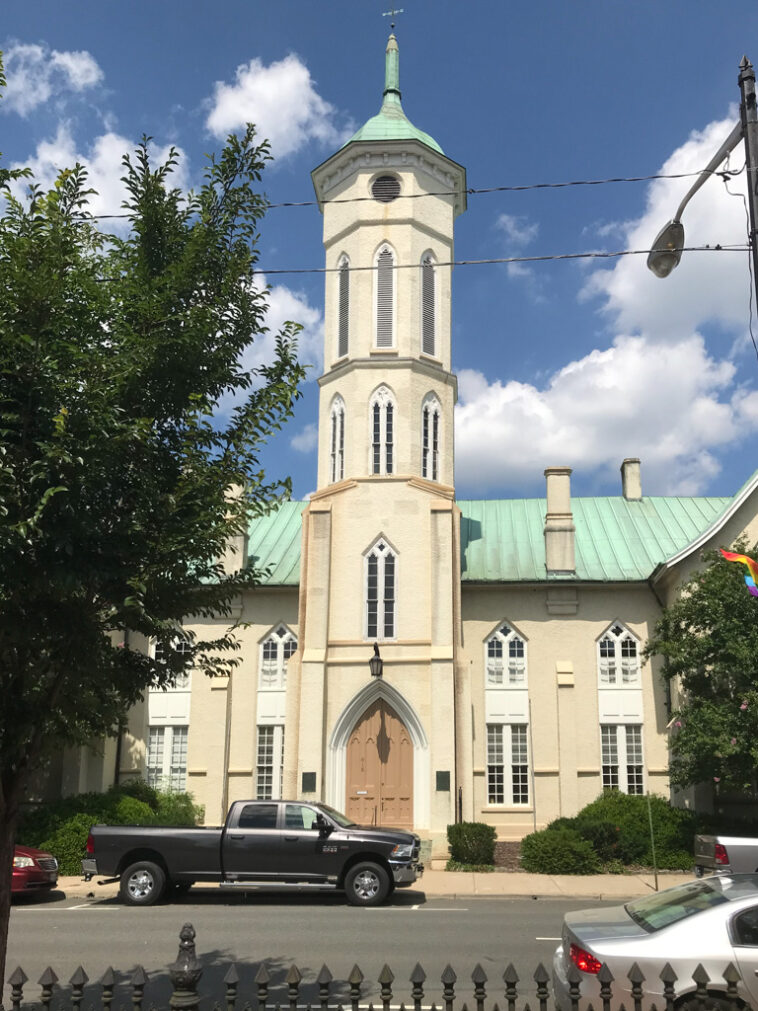
Opinion: A Closer Examination of the Unyielding War on Fentanyl and the Ticking Time Bomb
An Unsettling Peek into Illegal Fentanyl Trafficking
In one of the gloomier corners of the country’s drug trade, a resident of Fredericksburg recently found himself sentenced to ten strenuous years in prison. This was for his involvement in the distribution of thousands of phoney Oxycodone pills, a potent pharmaceutical opioid. Yet these tablets were far from the commercial-grade prescription pills we know. The counterfeit pills, marked as “M30”, were laced with the deadly and illicit substance, Fentanyl.
Understanding the Role of Fentanyl in Opioid Epidemic
The presence of fentanyl in these fake Oxycodone pills is a terrifying twist in the American opioid crisis tale. Despite the pills resembling Oxycodone to the unassuming eye, they boasted a heart-stopping secret — a touch of Fentanyl. As a synthetic opioid, Fentanyl is roughly 50 to 100 times potent than morphine, thus heightening the chances of a fatal overdose. It’s clear that this is one of the more terrifying components of the opioid overdose problem overwhelming our country.
Concealed Networks of Fentanyl Distribution: Unpacking the Complicated Pieces
As if this ticking time bomb were not nerve-racking enough, the background behind these illegal operations unveils a tangled web of convoluted criminal networks. The counterfeit Oxycodone pills, in this case, were reportedly procured from suppliers across state lines. Once in Virginia, Fredericksburg’s Khalil Elijah Williams, 25, redistributed them. The pills, infused with Fentanyl, were then dispersed to co-conspirators, including 30-year-old Alhagi Gassim Conteh from Alexandria, and others.
The confusing bits here lie in how the Fentanyl made its way into Virginia. Shipments comprising thousands of falsified pills were sent to our main convict Williams, coming from as far as Arizona. Using the U.S. Postal Inspection Service (USPIS), co-conspirators managed to mobilise an estimated quantity of 1,077.28 grams of Fentanyl — amounting to approximately 10,000 counterfeit pills — for pickup by Williams. Without missing a beat, Williams moved these toxic pills into the hands of other co-conspirators, weaving himself deeper into this criminal web.
Digging Into the Prevalence of Fentanyl Trafficking Networks
It’s about time we take a closer look at these tangled webs of drug trafficking. Counterfeit pills are a critical battleground in our ongoing war against opioids, but Fentanyl smuggling seems to have emerged as the wild card. One major issue is the number of threads in these illegal networks— a single seizure, while impactful, is hardly enough to combat the entire structure.
Fentanyl Distribution: Riddled with Tension and Wrestled by Law Enforcement
The case at hand isn’t isolated. Similar stories of Fentanyl trafficking drug rings are surfacing at an alarming rate. Law enforcement agencies are working tirelessly to unwrap the complex layers of these illegal operations, both locally, and at a federal level, leading to breakthroughs and the apprehension of offenders like Williams and Conteh. However, Williams’ arrest also led to the recovery of two handguns and miscellaneous ammunition, indicating the high-risk stakes involved in these operations.
Combating a Complex Issue: The Role of Legal Systems and Task Forces
In managing this intricate web of drug peddling, our legal programmes and task forces must navigate some serious obstacles. Yet it’s super important to consider that at the heart of all these clandestine operations are real lives— people sucked into addiction’s dangerous vortex, families torn apart, and futures thrown into limbo.
Williams’ case is nothing but a sombre reminder of this ongoing, invisible epidemic. It underscores the critical need for comprehensive strategies in law enforcement, prevention, treatment, and recovery services. Working through this issue must be a collective effort— as much a government responsibility as a societal one. Besides aiding law enforcement, we need to focus on breaking down the stigma surrounding addiction and work towards informed, compassionate approaches to prevention and treatment.
While stiff sentences for traffickers are a crucial part of the solution, we must also invest in preventive measures and offer pathways for recovery. Only then can we hope to chart a course for a future free of this near-invisible, but frightfully real, epidemic.
Originally Post From https://www.justice.gov/usao-edva/pr/fredericksburg-drug-trafficker-sentenced-10-years-prison-distribution-fake-oxycodone
Read more about this topic at
Armed Fentanyl Trafficker Sentenced to More Than 20 …
Dillon meth, fentanyl trafficker sentenced to more than 11 …
